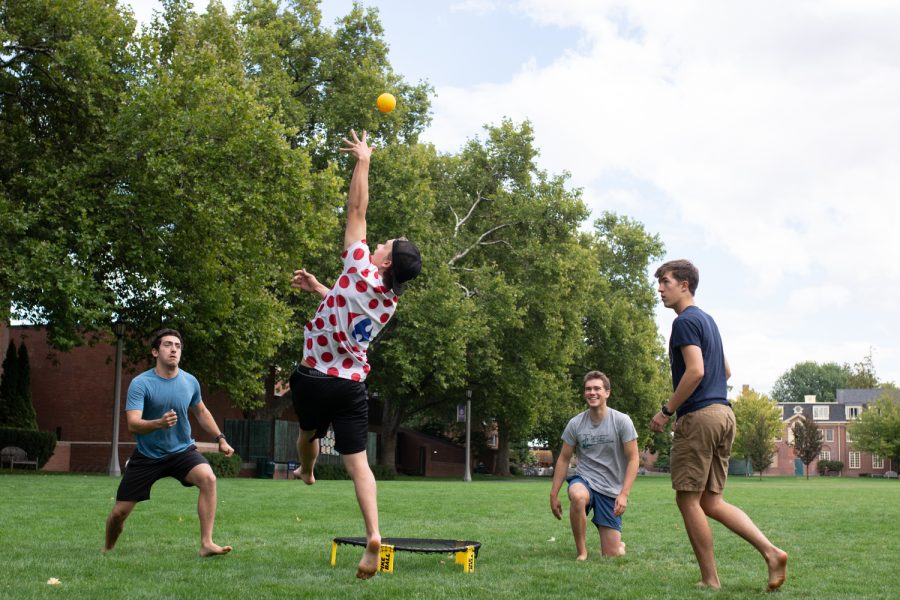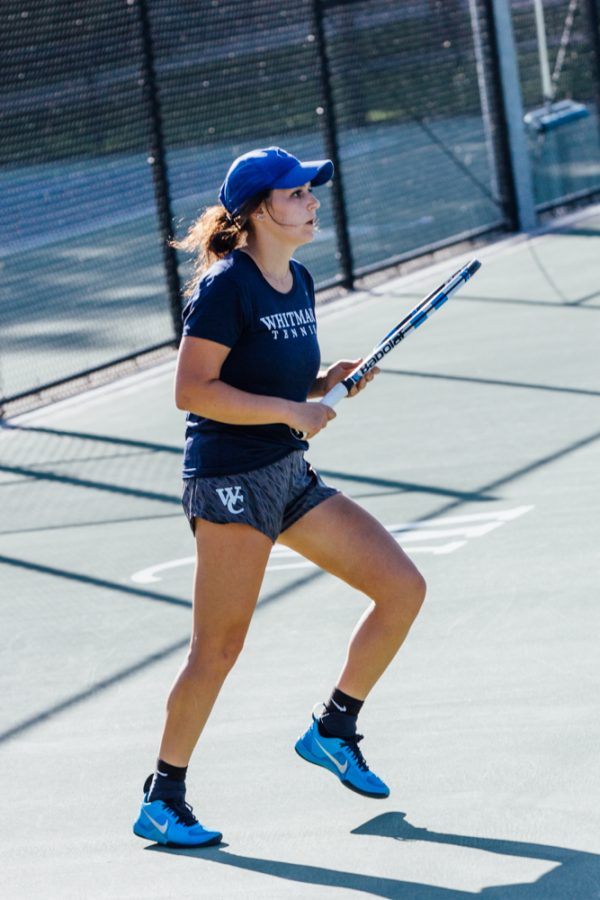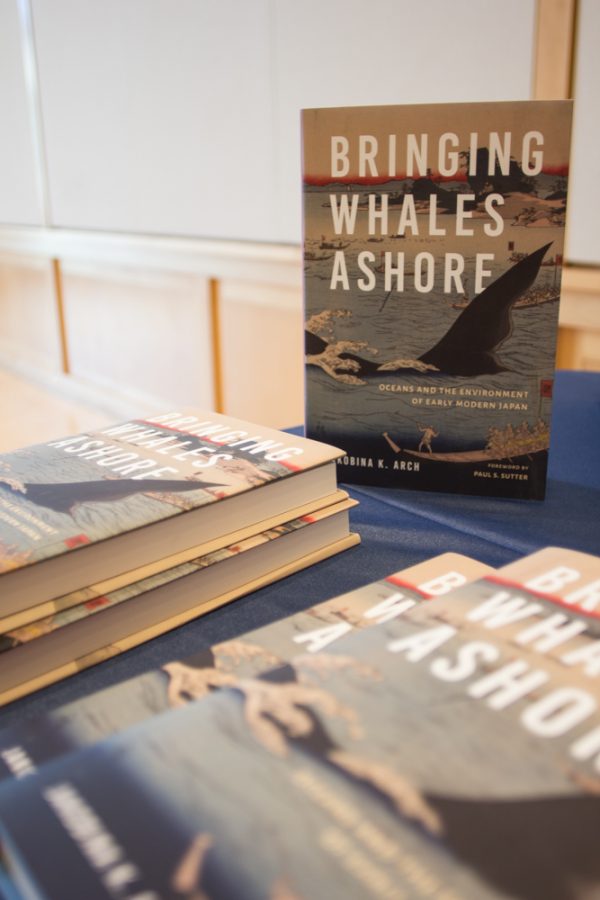Here’s the thing about Rabat: it’s not a very beautiful city. It’s a decent enough place––there’s a nice walk along the river, and it’s fun to wander around the old medina––but the region itself is not very scenic. Same with Casablanca and Marrakech.
But Chefchaouen is something else. Nestled in the Rif Mountains, the streets are sloped at a solid thirty-five to forty-degree angle that forces you to work your quads if you want to get anywhere. The town is bathed in blue. Residents paint their houses blue in a tradition that came from the Jews who left Spain for Morocco over a millennia ago (who have since left for Israel). Now the color is part of the town’s identity.

The Rif region is also known for the large production of marijuana. The drug is omnipresent on the streets, despite its illegality and the threat of long-term imprisonment if you’re caught smoking. But as foreign students, we were offered weed all the time. Walking with one of my guy friends, five or so different locals tried to sell to us weed “at a good price” within a period of ten minutes. And blunts as thick as an index finger are smoked openly in cafés.
It’s no wonder, then, that the town is known for its mellow lifestyle. The streets were quiet, even though Chefchaouen has become a tourist destination for foreigners and Moroccans alike. There’s one large square where open-air cafés and souvenir shops are located. Aside from the drug dealers, the locals were friendly, too. They helped us with our Arabic when they discovered that we knew some rudimentary phrases. One shopkeeper quizzed my friend and I on our numbers. (Which are pretty hard once you get past ten; to say 23, for example, you say three-and-twenty, but to say 123, you say one hundred-and-three-and-twenty. Someone please explain the logic of this to me.) A note on the language here: the Moroccans in Chefchaouen, like many Moroccans, are impressively polyglot. One of the shopkeepers with whom I talked was fluent in Modern Standard Arabic, Moroccan Arabic, the local Rif dialect of Arabic, English, and Spanish, and could also converse in French and some Italian. With the exception of English and Arabic, he did not learn these languages in school, but picked them up by talking to tourists. Up here in Northern Morocco, the Spanish influence is much greater and Spanish is spoken more commonly than French. We saw quite a few Spanish tourists in Chefchaouen.
What was a bit shocking was how some residents treated one of my friends on the program who is African American. On any given walk, she’d receive at least one “Heeeey Mama Africa” and men would wiggle their eyebrows at her and call her certain derogatory names that I am choosing not to write down in this blog. Even little children in the main square would come up to her and tell her “you are black.” She’d handle it well enough, but after a while it became excessive. She thinks that this racism was due to the fact that there are virtually no sub-Saharan residents in Chefchaouen, and only Caucasian, and some Asian, tourists. Her race, therefore, was more pronounced than it is in the more racially diverse Rabat.




